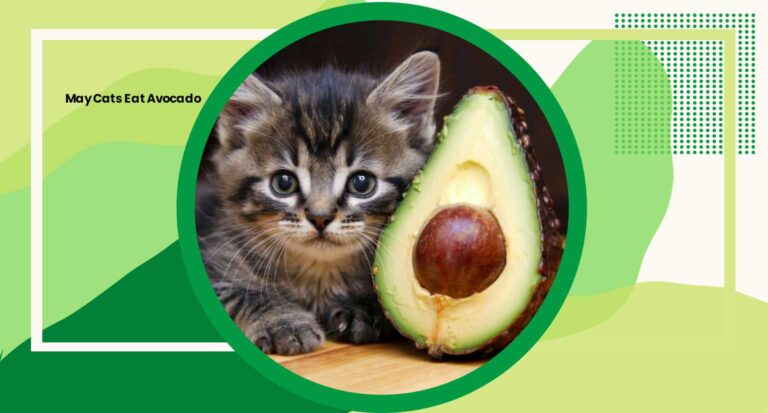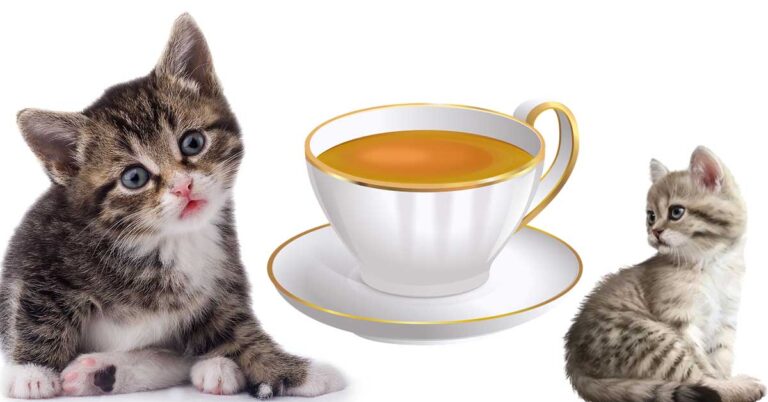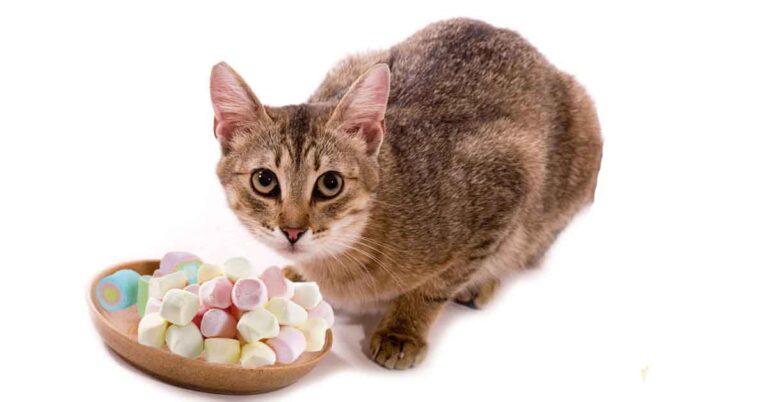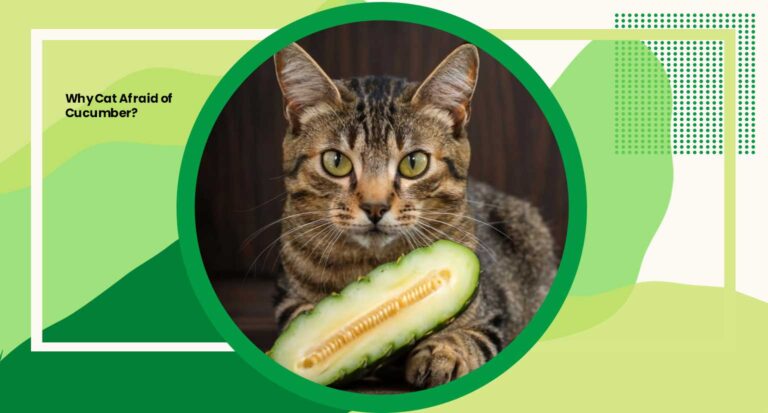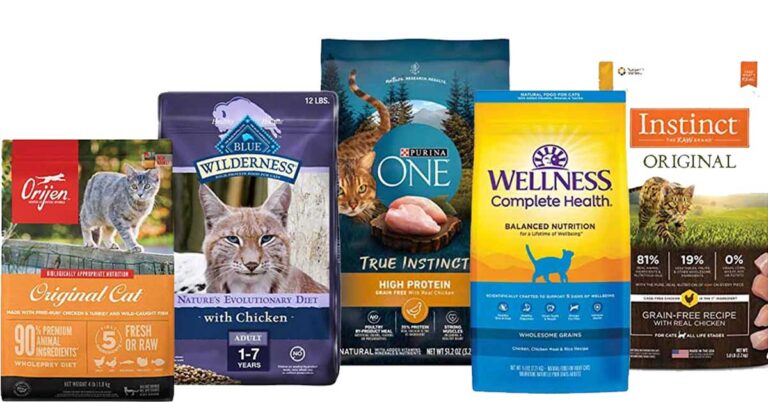Can Cats Eat Seaweed
Short answer is Yes, cats can eat seaweed. It’s an unusual food for obligate carnivores like cats, but seaweed can be a great addition to your cat’s diet when given in moderation. Seaweed is a sea vegetable that’s rich in amino acids, fatty acids, and other healthy nutrients that can support your cat’s health. It’s also known for its free radical fighting bioactive compounds that can protect your cat’s cells from damage.
As a cat owner, you always want the best for your feline friend. One question that might come up is, Can Cats Eat Seaweed ? It’s a legitimate curiosity given the numerous health benefits and nutritional value seaweed holds for human consumption. Let’s dive into this topic, understanding the type of seaweed that could be beneficial, the right amount to incorporate, and how to introduce this new food to your cat’s diet.
Safety and Small Amounts
While cats can eat seaweed, it’s crucial to serve it in small amounts. An occasional treat of seaweed could offer nutritional benefits and a different taste, but too much can potentially harm your cat’s health. Seaweed contains iodine, and while this mineral is essential for your cat, too much iodine can cause health issues, especially related to the cat’s thyroid gland. Seaweed also tends to be high in salt, which isn’t good for a cat’s kidneys in large amounts.
Types of Seaweed Safe for Cats
There are several types of seaweed, but not all of them are safe for cats. Some types, like the Acadian sea kelp, Irish moss, and brown algae, can be safe when introduced slowly and served in small quantities. Others, such as green algae, may be less suitable for cats. Nori, a seaweed used in Japanese cuisine, is also a good choice if it’s low in salt and free of added preservatives. If you’re thinking about adding seaweed to your cat’s food, it’s best to choose human-grade seaweed as it undergoes stringent checks for heavy metals and other contaminants.
Nutritional Benefits of Seaweed for Cats
Seaweed isn’t a traditional part of a cat’s diet, but it can provide some exceptional benefits. The nutritional profile of seaweed is rich and varied, offering essential nutrients that can contribute positively to a cat’s health.
Amino Acids and Fatty Acids
Seaweed is a rich source of amino acids, the building blocks of proteins, which play a vital role in nearly every biological process in your cat’s body. It also contains fatty acids, including omega-3 and omega-6, which are beneficial for the health of your cat’s heart and skin. For instance, omega-3 fatty acids can help alleviate itchy skin and skin dryness in cats.
Bioactive Compounds and Free Radicals
Seaweed contains bioactive compounds that fight free radicals, potentially reducing the risk of certain diseases. By reducing free radical damage, seaweed can help to maintain your cat’s overall health and longevity. The glutamic acid in seaweed can also help improve the taste of your cat’s food, making it more appealing.
Vitamin B and Immunity Benefits
Seaweed is also a good source of B vitamins. Notably, vitamin B is crucial for the health of your cat’s nervous system and supports a robust immune system. Besides vitamins, seaweed is packed with minerals like iron, potassium, and calcium, all essential for maintaining various bodily functions in your furry friend.
Popular Seaweeds for Cats
There are several types of seaweed that are safe and nutritious for your cat. However, always remember to serve these in moderation and to monitor your cat’s response to these new additions in their diet. Here are some popular options:
Irish Moss
Irish moss, a type of red seaweed, is known for its numerous health benefits. It’s a rich source of iodine and other minerals and also helps support digestive health due to its mucilaginous nature. Introducing small amounts of Irish moss in your cat’s diet could provide these health benefits.
Acadian Sea Kelp
Acadian sea kelp is a type of brown algae that’s often consumed in Atlantic Canada. It’s high in essential nutrients like iodine, iron, and potassium. In small quantities, it can be a healthy treat for your cat.
Sea Lettuce
Sea lettuce, or Ulva lactuca, is a type of edible green seaweed. It’s a good source of vitamins B and C and can be included in your cat’s diet as an occasional treat. However, because it’s a type of green algae, make sure to introduce it slowly and watch out for any adverse reactions.
Brown Algae
Brown algae, such as wakame and kombu, are often used in Asian cuisines. They are packed with beneficial compounds, including omega-3 fatty acids, iodine, and fiber. These algae can be a great addition to your cat’s diet, as long as they are served in moderation and free from added salt or preservatives.
Green Algae
While not as popular as brown algae or red seaweed, certain green algae like spirulina can still be beneficial for your cat. They are packed with essential nutrients and antioxidants, which can support your cat’s immune system. However, due to their intense flavor, some cats might not prefer them.
Incorporating Seaweed into Your Cat’s Diet
Introducing seaweed into your cat’s diet requires a careful and gradual approach. Always remember to check with your vet before making any significant changes to your cat’s diet. Here are some tips on the best ways to serve seaweed and the comparison between seaweed snacks and chips.
The Best Way to Serve Seaweed
The best way to serve seaweed to your cat is in small amounts and as an occasional treat. You can crumble a small piece of dried seaweed over your cat’s regular food, wet or dry. Alternatively, you can rehydrate the seaweed in cold water and mix it into your cat’s wet food. However, always start with a tiny amount to ensure your cat doesn’t have an adverse reaction and gradually increase the amount over a long time.
Seaweed Snacks vs Seaweed Chips
Seaweed snacks and chips can both be great options for incorporating seaweed into your cat’s diet. Seaweed snacks are often plain seaweed, while seaweed chips might contain additional ingredients such as oil and salt. When choosing between these two options, it’s important to read the labels carefully. Choose snacks or chips with minimal added ingredients and low salt content. Remember that these should only be used as occasional treats and not a regular part of your cat’s diet. Ultimately, the best option would be human-grade seaweed, as these undergo more stringent quality checks.
Potential Risks and Precautions
While seaweed offers numerous health benefits, it’s important to note that there are also potential risks and precautions to consider. Here’s what you need to keep in mind before adding seaweed to your cat’s diet.
Digestive System and Sensitive Stomach
While many cats can handle seaweed in small quantities, some cats may have a sensitive stomach and experience digestive issues. Cats have evolved as obligate carnivores, so their digestive system is not designed to process large amounts of plant matter. Introducing seaweed too quickly or in large amounts could lead to digestive upset, including vomiting and diarrhea. Always start with a small amount of seaweed and monitor your cat’s reaction.
Excess Salt and Iodine
Seaweed naturally contains salt and iodine. While these minerals are essential for your cat’s health, too much can be harmful. Excessive salt can lead to dehydration and put a strain on your cat’s kidneys. On the other hand, too much iodine can cause thyroid issues. Make sure to serve seaweed in moderation and choose low-salt options whenever possible.
Heavy Metals and Contaminants
Seaweed can absorb and accumulate heavy metals from the ocean, which can pose a risk to your cat’s health if ingested in large quantities. Always source seaweed from reputable suppliers who test their products for heavy metals and other contaminants. Additionally, only use human-grade seaweed for your cat, as they undergo more stringent quality checks.
Additional Health Benefits
Apart from its rich nutrient profile, seaweed offers other health benefits that make it an appealing addition to your cat’s diet. Let’s delve into how seaweed can contribute to dental care and improve heart health and kidney function. Read in detail about cat health.
Dental Care and Tooth Decay
Feeding your cat a small piece of dried seaweed can help with dental care. The action of chewing can naturally help clean your cat’s teeth and reduce the risk of tooth decay. In addition to providing a source of entertainment for your feline friend, seaweed’s high mineral content can contribute to strong teeth. However, it’s important to note that while seaweed can contribute to dental health, it should not replace regular dental care practices like tooth brushing or professional cleanings.
Heart Health and Kidney Function
Seaweed contains fatty acids that are beneficial for the heart. These compounds can help maintain the health of your cat’s heart by reducing inflammation and preventing the formation of blood clots. The potassium found in seaweed can also help regulate blood pressure and support healthy kidney function. However, due to the naturally high sodium content in seaweed, it’s crucial to keep the serving sizes small to prevent potential kidney issues due to excessive sodium intake.
Seaweed and Human Foods
Seaweed is a staple in many human diets, particularly in Asian cultures. Here, we will explore how human consumption of seaweed compares to feline consumption and delve into the use of seaweed in Japanese cuisine and its combination with raw fish.
Comparison with Human Consumption
While seaweed has become increasingly popular in human diets for its numerous health benefits, it’s important to remember that cats are not small humans. Their nutritional needs and digestive capabilities are different from ours. Cats are obligate carnivores and rely primarily on nutrients found in meat. Although seaweed can provide a host of nutrients, it should not replace meat in your cat’s diet but rather complement it as an occasional treat. When serving seaweed to your cat, always ensure it’s plain, without any added preservatives, spices, or high levels of salt that are common in human foods.
Japanese Cuisine and Raw Fish
Seaweed is a staple in Japanese cuisine and is often served with raw fish. While sushi might seem like a great idea for your cat, it’s important to note that some ingredients in sushi, like wasabi and soy sauce, are not safe for cats. If you are keen to combine seaweed and raw fish, opt for plain, raw fish that has been deemed safe for cats and add a small piece of seaweed. Always ensure the fish is fresh and free from any parasites or contaminants, and remember to serve this as an occasional treat rather than a regular part of your cat’s diet.
Seaweed Quality and Selection
When considering seaweed as an addition to your cat’s diet, it’s important to ensure the quality and safety of the product. Here, we delve into why choosing human-grade seaweed and avoiding added preservatives matters.
Choosing Human-Grade Seaweed
Human-grade seaweed undergoes more stringent quality checks compared to those meant for animals, ensuring it’s safe for consumption. They are usually free from heavy metals and contaminants, making them a safer option for your cat. Human-grade seaweed also typically contains fewer additives, which can be harmful to your cat in large amounts. It’s always worth checking the source and certification of the seaweed before purchasing.
Avoiding Added Preservatives
Many types of seaweed, particularly those marketed as snacks or meant for human consumption, may contain added preservatives, flavorings, or excessive salt. These additives are not good for your cat’s health. Always look for plain seaweed without any added preservatives. The ingredient list should be as short as possible, ideally listing only seaweed. Remember, the health of your cat should be the first thing you consider when introducing a new food into their diet.
Conclusion: can cats eat seaweed ?
In conclusion, seaweed can be a great addition to your cat’s diet, offering numerous health benefits, including an array of essential nutrients, aiding dental care, and promoting heart health. However, as with any new food, it should be introduced gradually and served in small amounts. Avoid seaweeds with added preservatives, and always opt for human-grade seaweed whenever possible.
Keep in mind that while seaweed can provide supplementary nutrients, it does not replace a balanced, meat-based diet for your cat. Always consult your vet before making any significant changes to your cat’s diet. With the right approach, seaweed can be a healthy treat that contributes to your feline friend’s overall wellbeing.


